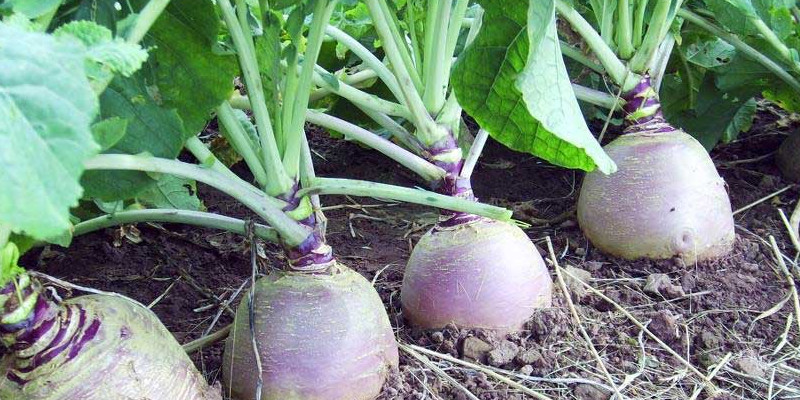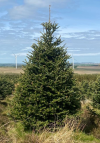We use cookies to make your experience better. To comply with the new e-Privacy directive, we need to ask for your consent to set the cookies. Learn more.
Swede

Why Grow Agricultural Swede?
Excellent high energy winter feed
Low production costs
Finishing lambs or winter maintenance
High dry matter yields
Cost effective (even with moderate yields)
Soil Type and Site Selection
Swede crops can be grown on a wide range of soils including sandy loams, silts, peat or clay loams. The desirable soil properties needed are, ease of working, good aeration, good structure and sound drainage. Avoid soils with pans and ensure a pH of around 6.5.
Seed Bed
The majority of swede are now sown with a precision drill which requires a fine level seedbed. Early drillings should be made with minimal cultivation passes to reduce compaction. Later drilling in the second half of May or June are often made in hot, dry conditions, so try and undertake the seedbed cultivations in early spring to avoid excessive moisture loss. Try to eliminate as much weed as possible between seedbed preparation and sowing.
Sowing
Sow Mid April – June.
Aim for a drilling depth of 1-2cm. Rows between 38-42cm with 10-15cm between seeds in the row.
Precision drill 0.200-0.300g per acre.
Precision seed for swede has the code letter “H” and is 1.75-2.00mm.
Direct drill 1kg per acre.
Broadcast – rarely undertaken these days, but the aim would be to sow as close to 1kg per acre as possible.
Fertilizer
All fertilizer should be applied to the seedbed. Boron status should be checked for any deficiency.
| SNS Index | 0 | 1 | 2 | 3 | 4 | 5 | 6 |
| Nitrogen (N) | 100kg/ha | 80 | 60 | 40 | 0-40 | 0 | 0 |
| Phosphate (P2O5) | 105 | 75 | 45 | 0 | 0 | 0 | 0 |
| Potash (K2O) | 215 | 185 | 155(-2) 125(+2) | 80 | 0 | 0 | 0 |
Data source: DEFRA Fertiliser Manual (RB209)









